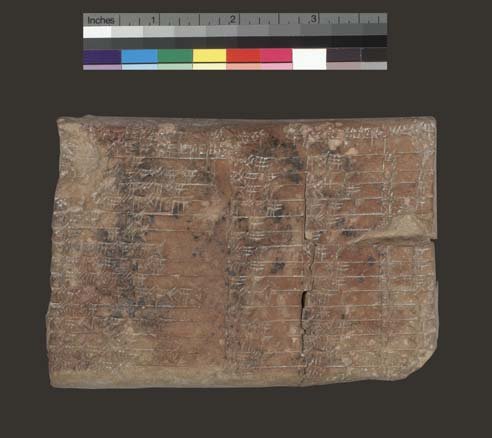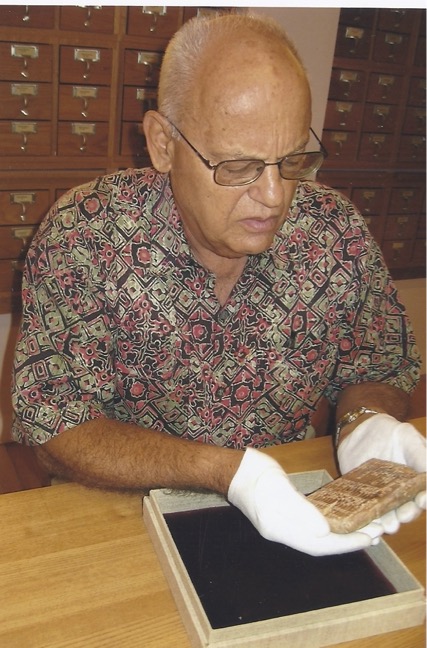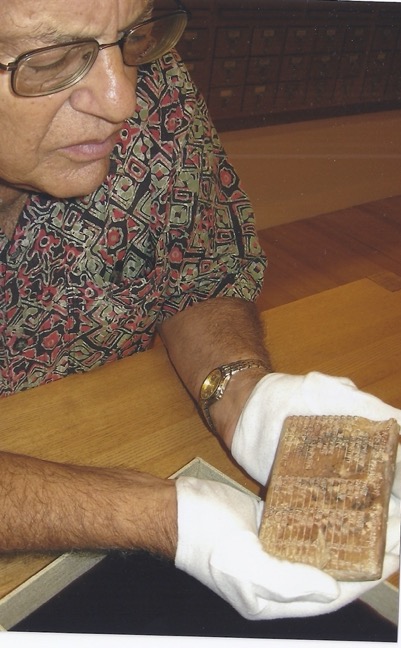- About MAA
- Membership
- MAA Publications
- Periodicals
- Blogs
- MAA Book Series
- MAA Press (an imprint of the AMS)
- MAA Notes
- MAA Reviews
- Mathematical Communication
- Information for Libraries
- Author Resources
- Advertise with MAA
- Meetings
- Competitions
- Programs
- Communities
- MAA Sections
- SIGMAA
- MAA Connect
- Students
- MAA Awards
- Awards Booklets
- Writing Awards
- Teaching Awards
- Service Awards
- Research Awards
- Lecture Awards
- Putnam Competition Individual and Team Winners
- D. E. Shaw Group AMC 8 Awards & Certificates
- Maryam Mirzakhani AMC 10 A Awards & Certificates
- Two Sigma AMC 10 B Awards & Certificates
- Jane Street AMC 12 A Awards & Certificates
- Akamai AMC 12 B Awards & Certificates
- High School Teachers
- News
You are here
Mathematical Treasures - Plimpton 322

Plimpton 322, an Old Babylonian tablet from Larsa, has four columns of numbers, two of which, most experts believe, contain, in each of the fifteen rows, two of the three numbers in a Pythagorean triple. This tablet was first analyzed by Otto Neugebauer and Abraham Sachs in their 1945 book, Mathematical Cuneiform Texts (New Haven, American Oriental Society). There have been numerous discussions of this tablet since that time. In particular, two articles, "Sherlock Holmes in Babylon," (1980) by R. Creighton Buck, and "Words and Pictures: New Light on Plimpton 322," (2002) by Eleanor Robson are included in Marlow Anderson, Victor Katz, & Robin Wilson, eds., Sherlock Holmes in Babylon and Other Tales of Mathematical History (Washington: Mathematical Association of America, 2004), pp. 5–26. Further references to the literature are included in those two articles. More recently, Jöran Friberg, in A Remarkable Collection of Babylonian Mathematics Texts (New York: Springer, 2007) (pp. 433–452) has challenged the interpretation of the numbers on the tablet as parts of Pythagorean triples.


Frank Swetz, Convergence co-editor, views the Plimpton 322 tablet at Columbia University Library in 2008. The tablet can easily be held within two hands.
Frank J. Swetz and Victor J. Katz, "Mathematical Treasures - Plimpton 322," Convergence (January 2011)




